Your Ultimate Checklist for Finding a Reliable and Outstanding Cleaning Service

Finding the right cleaning service can feel like searching for a needle in a haystack. With so many options available, how do you choose a team that’s not only reliable but also outstanding? The stakes are high, whether you’re looking to spruce up your home or maintain an office space. You want professionals who respect your property and deliver quality results every time.
In this guide, we’ll walk you through essential tips to help you find the the right cleaning partner. From verifying certifications to assessing customer feedback, having a checklist will make your search more efficient and effective. Let’s dive into the key factors leading you to make an informed decision.
Check for Certifications and Insurance

When searching for a cleaning service, check their certifications and insurance. These elements are critical indicators of professionalism and reliability. Certifications show that the company meets industry standards. The crew from house cleaning wangsa maju might have training in specialized cleaning techniques or eco-friendly practices. This knowledge ensures they provide quality service tailored to your needs. Insurance is equally important. It protects you from potential liabilities during the cleaning process. If an accident occurs, such as injury to a worker or damage to your property, having insured professionals means you’re covered.
Review Online Feedback and Testimonials
When searching for a reliable cleaning service, online feedback is invaluable. It offers insights into real customer experiences and satisfaction levels. Start by checking platforms like Google Reviews or Yelp. Look for patterns in the comments. Are clients consistently happy with their results? Or do complaints about missed spots pop up regularly? Pay attention to how the company responds to criticism. A professional cleaning service will address issues calmly and offer solutions. Social media is a treasure trove of information. Customers often share before-and-after photos that showcase the quality of work they received.
Ask About Cleaning Products and Methods

When searching for a cleaning service, it’s crucial to inquire about their products. Are they eco-friendly? Many people today prioritize green cleaning options that are safe for both the environment and their families. Beyond just the products, ask about their methods as well. Do they utilize traditional techniques or modern technology? Understanding their strategy will provide insight into how thorough and effective their service might be. Moreover, don’t hesitate to express any allergies or sensitivities. A reputable company will gladly accommodate your needs by adjusting their product choices.
Evaluate Communication and Customer Service
Effective communication is key in any service industry, including cleaning. When searching for a reliable cleaning service, pay attention to how they interact with you from the very first contact. Are your questions answered promptly? Do they provide clear information about their services? A responsive team indicates professionalism and respect for your time. Customer service goes beyond just answering inquiries. It’s about ensuring you feel valued as a client and building trust. Look for organizations that prioritize customer satisfaction and are open to feedback.
Compare Pricing and Service Packages
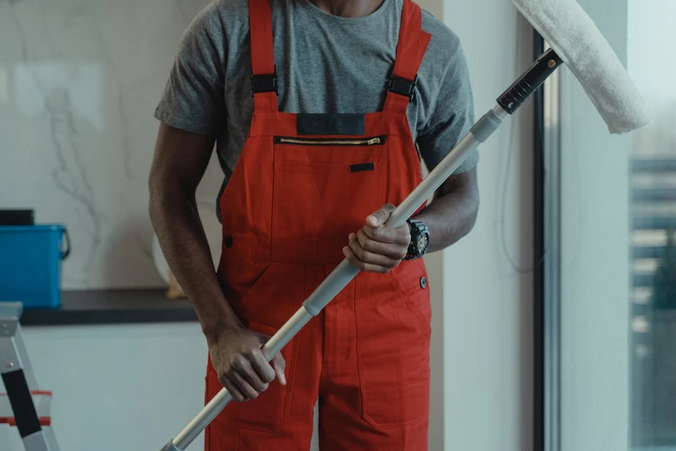
When searching for a cleaning service, pricing plays a vital role. However, it’s critical to look beyond the numbers. Consider what you’re getting for your investment. Different companies offer various packages that can cater to specific needs. Some may provide basic cleaning options, while others include deep-cleaning services or specialized tasks like carpet cleaning and window washing. Don’t fear to ask for detailed quotes from multiple providers. This will enable you compare prices and the extent of services included in each package.
Finding a reliable and outstanding cleaning service can be overwhelming, but with the right approach, it becomes manageable. Start by checking for certifications and insurance to ensure you’re hiring professionals who meet industry standards. Dive into online feedback and testimonials to gauge past clients’ experiences. Ask about their methods and cleaning products; eco-friendly options are increasingly popular.…



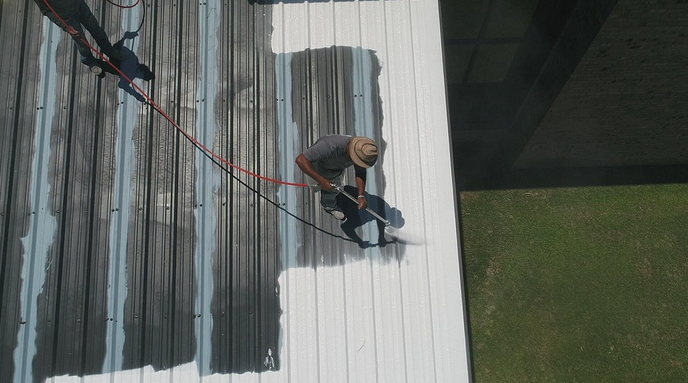



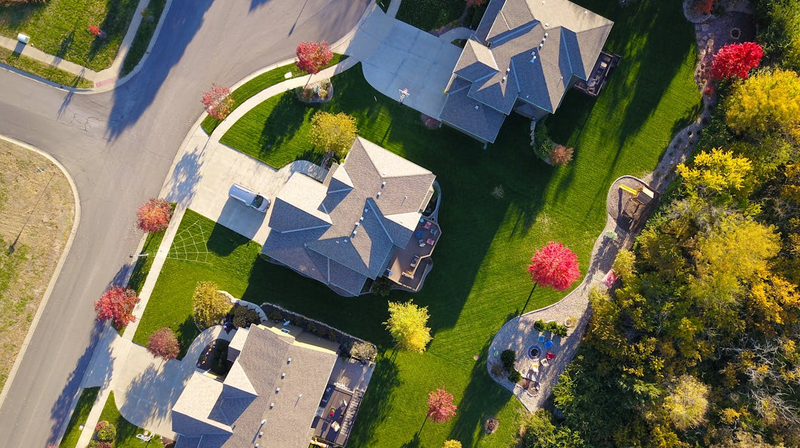
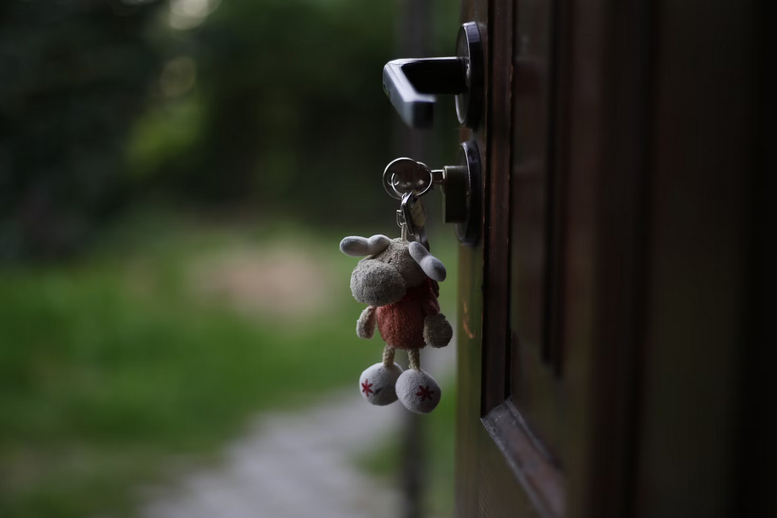


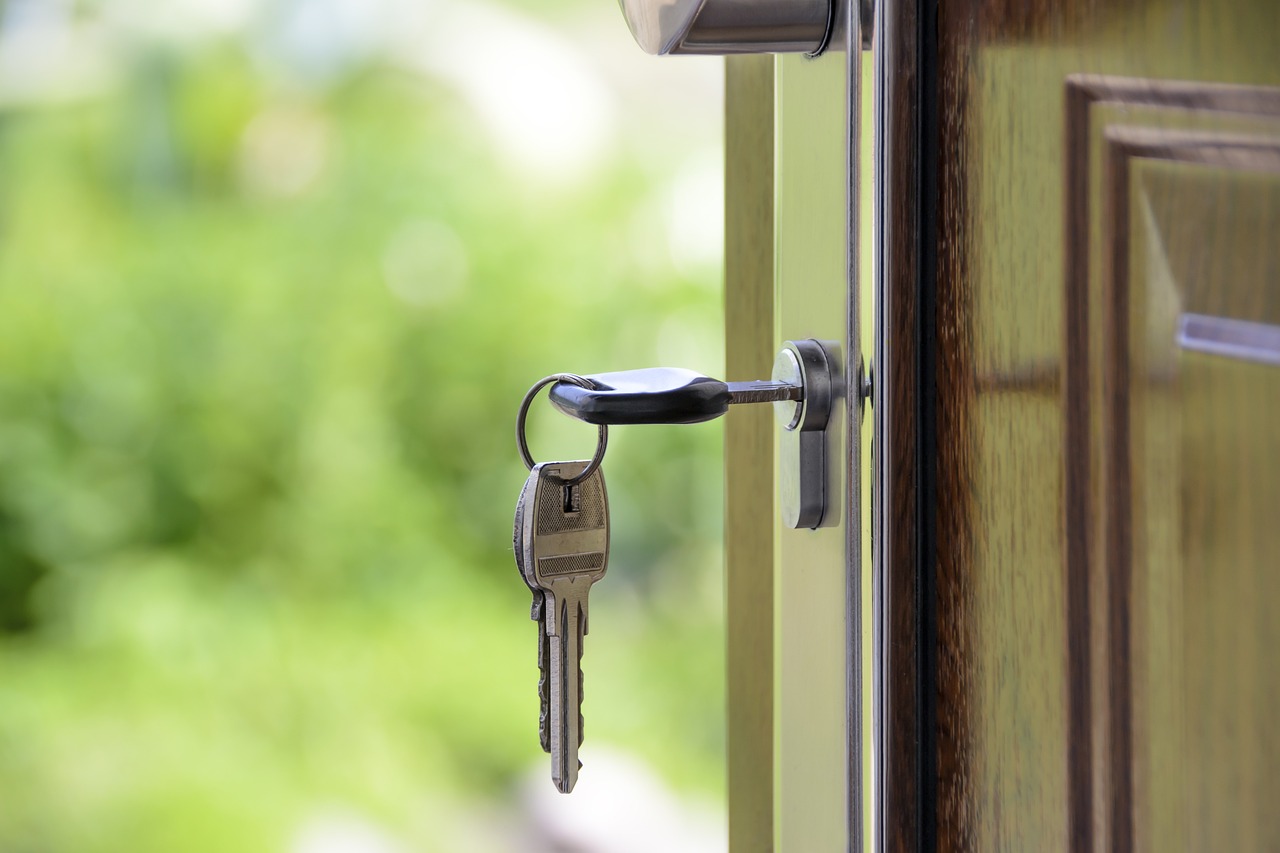
 Effective communication is the cornerstone of a successful landlord-tenant relationship. From the initial rental inquiry to ongoing interactions, prioritize open and clear communication with your landlord. Respond promptly to emails or messages, and inform your landlord of any concerns or issues related to the property.
Effective communication is the cornerstone of a successful landlord-tenant relationship. From the initial rental inquiry to ongoing interactions, prioritize open and clear communication with your landlord. Respond promptly to emails or messages, and inform your landlord of any concerns or issues related to the property. Being a perfect tenant extends beyond your interactions with the landlord—it includes your relationships with neighbors. Be respectful of shared spaces, keep noise levels reasonable, and adhere to any community guidelines or rules.
Being a perfect tenant extends beyond your interactions with the landlord—it includes your relationships with neighbors. Be respectful of shared spaces, keep noise levels reasonable, and adhere to any community guidelines or rules.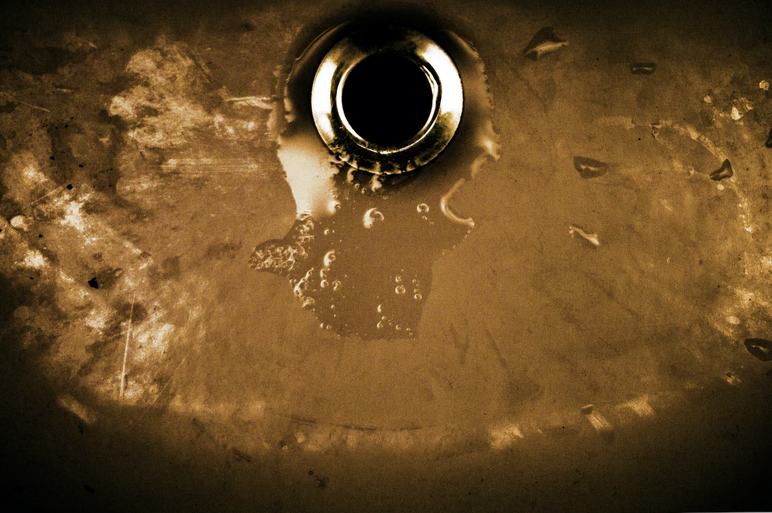
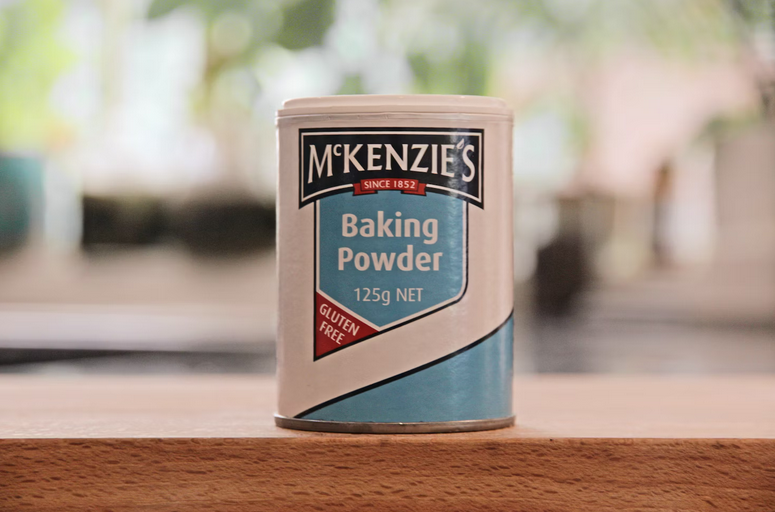
 Salt and baking soda are two common household ingredients that can also be used to unclog drains effectively. To use salt and baking soda:
Salt and baking soda are two common household ingredients that can also be used to unclog drains effectively. To use salt and baking soda:
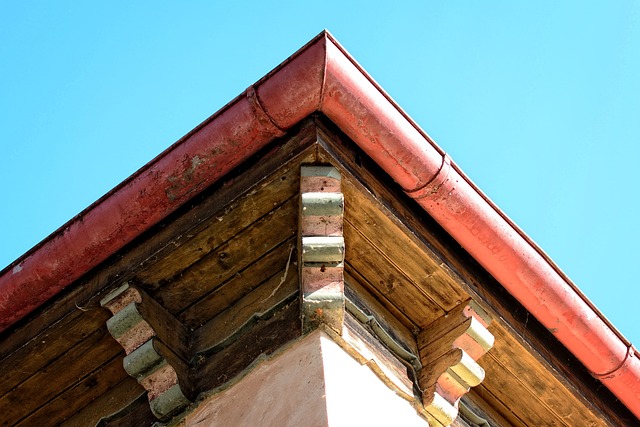


 A knowledgeable agent will be able to provide you with valuable information about the current state of the local real estate market, including trends, prices, and competition. They should also be able to provide insight into the specific neighborhood or area you are interested in, including schools, amenities, and community events. An experienced agent with local market knowledge can help you make informed decisions and negotiate the best deal possible.
A knowledgeable agent will be able to provide you with valuable information about the current state of the local real estate market, including trends, prices, and competition. They should also be able to provide insight into the specific neighborhood or area you are interested in, including schools, amenities, and community events. An experienced agent with local market knowledge can help you make informed decisions and negotiate the best deal possible.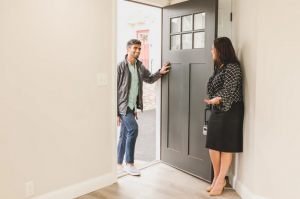 It is important to remember that not all real estate agents are created equal, and choosing the right one can make all the difference in buying or selling your property. Meeting in person allows both parties to get a sense of each other’s communication styles, professionalism, and overall personality. This can help build trust and ensure that you are comfortable working together throughout the entire process. It also allows you to ask any questions you may have and get a better understanding of their experience and expertise in the real estate industry.
It is important to remember that not all real estate agents are created equal, and choosing the right one can make all the difference in buying or selling your property. Meeting in person allows both parties to get a sense of each other’s communication styles, professionalism, and overall personality. This can help build trust and ensure that you are comfortable working together throughout the entire process. It also allows you to ask any questions you may have and get a better understanding of their experience and expertise in the real estate industry.

 If you have a small living room, you might not be able to find a sofa that fits perfectly. But when you buy a new sofa, you can customize it to fit your space. You can choose the perfect size, shape, and style for your home. And if you’re not sure what you want, you can always ask for help from a professional.
If you have a small living room, you might not be able to find a sofa that fits perfectly. But when you buy a new sofa, you can customize it to fit your space. You can choose the perfect size, shape, and style for your home. And if you’re not sure what you want, you can always ask for help from a professional. You can usually return your new sofa if you don’t like it. Most stores will allow you to return the sofa within a certain period of time, and you can usually get a full refund. This is a great way to make sure you’re happy with your purchase. With that being said, there are a few things to keep in mind when you’re shopping for a new sofa. Make sure you take your time and find the perfect one for your home.
You can usually return your new sofa if you don’t like it. Most stores will allow you to return the sofa within a certain period of time, and you can usually get a full refund. This is a great way to make sure you’re happy with your purchase. With that being said, there are a few things to keep in mind when you’re shopping for a new sofa. Make sure you take your time and find the perfect one for your home.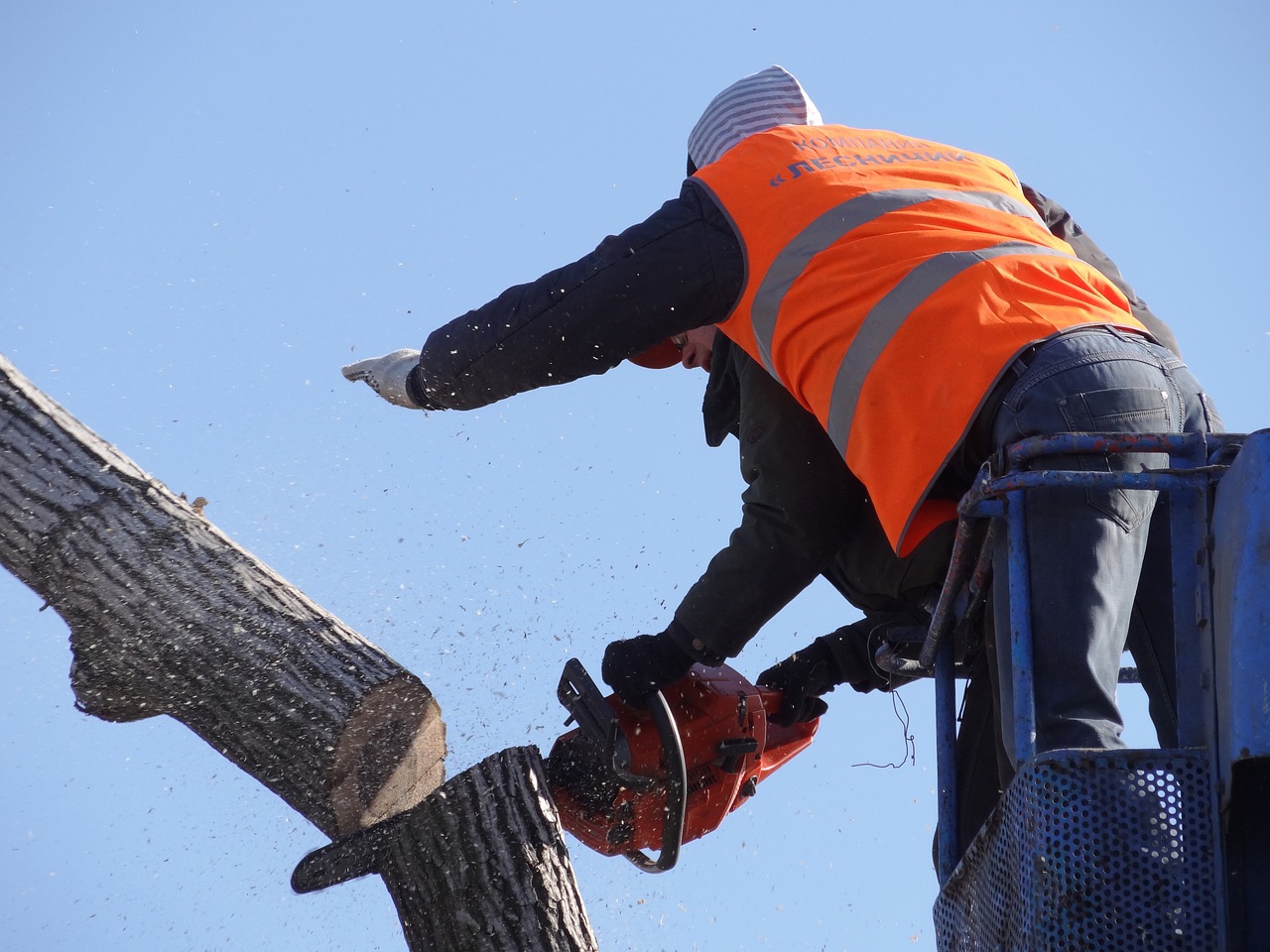
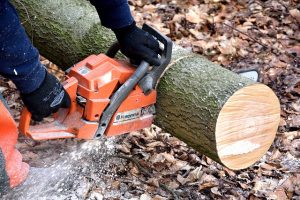 The first tip when trimming trees around your home is to use an electrical pole saw. If you are planning to buy one, you should read the
The first tip when trimming trees around your home is to use an electrical pole saw. If you are planning to buy one, you should read the 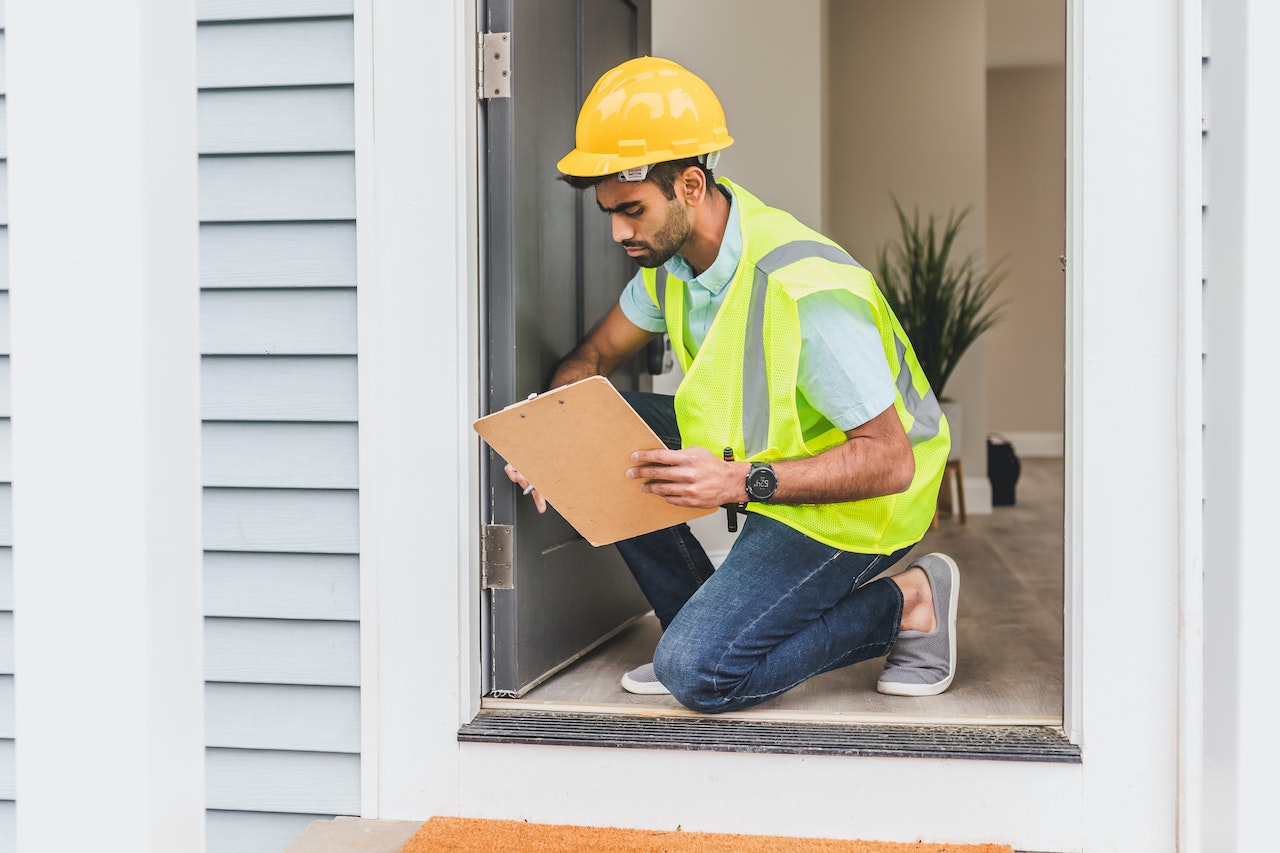
 One of the most common mistakes first-time homebuyers make is assuming that the inspector is an expert to rely on entirely. The inspector’s job is to point out any potential problems with the home. Still, it’s ultimately up to the buyer to decide whether or not to move forward with the purchase. If you’re unsure about something, don’t hesitate to ask questions or get a second opinion. Hiring a plumber to check if the plumbing system works properly is a must instead of relying on your inspector.
One of the most common mistakes first-time homebuyers make is assuming that the inspector is an expert to rely on entirely. The inspector’s job is to point out any potential problems with the home. Still, it’s ultimately up to the buyer to decide whether or not to move forward with the purchase. If you’re unsure about something, don’t hesitate to ask questions or get a second opinion. Hiring a plumber to check if the plumbing system works properly is a must instead of relying on your inspector. Another mistake first-time homebuyers make is overlooking roofing issues. The
Another mistake first-time homebuyers make is overlooking roofing issues. The 

